I am trying to change the border/background of an AnnotationChart from Google's Chart library. If I use the standard backgroundColor options, the chart fails to render. Per this discussion, it seems that the backgroundColor options available on other chart types aren't directly accessible on the AnnotationChart, but are available through undocumented options. When I try this, though, the chart is unchanged. Below is the code and resulting chart; any ideas?
Without chart option
var chart = new google.visualization.AnnotationChart(document.getElementById('chart_div'));
var options = {
thickness: 1.5,
displayAnnotations: true,
colors: dataColors,
displayZoomButtons: false,
displayExactValues: false,
displayDateBarSeparator: true,
};
chart.draw(data, options);
With:
var chart = new google.visualization.AnnotationChart(document.getElementById('chart_div'));
var options = {
thickness: 1.5,
displayAnnotations: true,
colors: dataColors,
displayZoomButtons: false,
displayExactValues: false,
displayDateBarSeparator: true,
chart: {
backgroundColor: {
fill:'black',
stroke: 'white',
strokeSize: 1
},
chartArea: {
backgroundColor: {
fill: 'blue',
stroke: 'red',
strokeSize: 1
}
}
}
};
chart.draw(data, options);
